The New Concept Behind the Sustainable Vending Machine, Born from a Love for These Devices
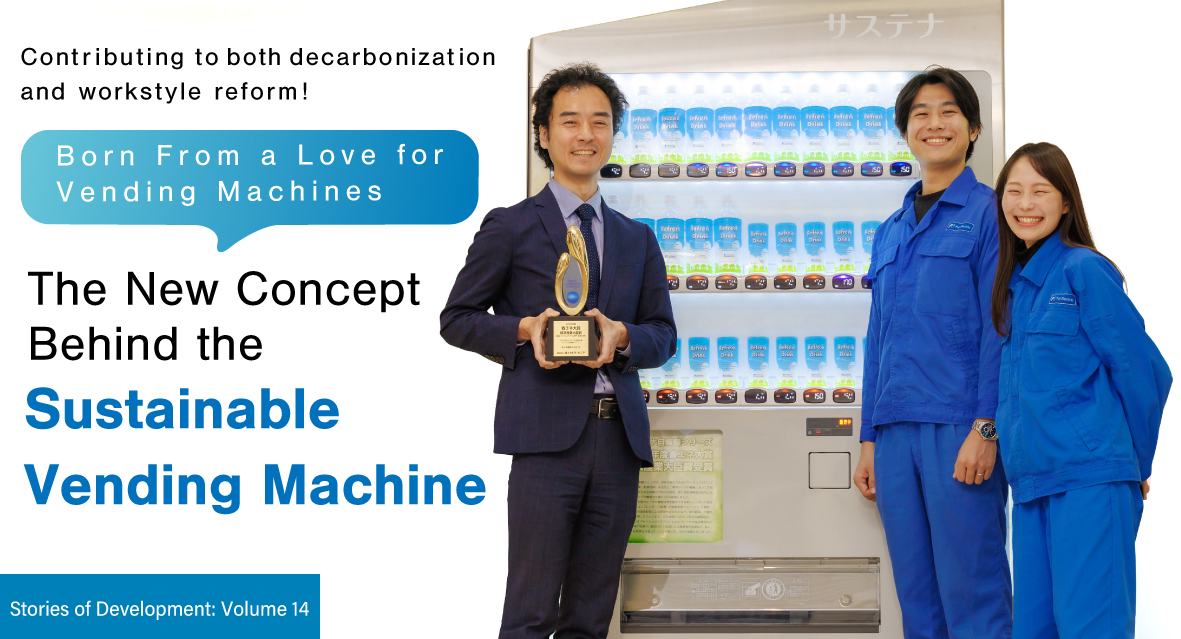
There are approximately 2.21 million beverage vending machines in Japan (as of the end of FY2023). Found all around town, these familiar devices are an important form of social infrastructure that add convenience to our day-to-day lives. Their indispensable nature is also what makes them relevant to decarbonization, workstyle reform, and other ongoing efforts to overcome societal challenges.
What has Fuji Electric, the leader of Japan's beverage vending machine market, done to help address these social issues? We interviewed three employees who have a love for vending machines.
The Decision to Make a Fully Upgraded Model
A retro vending machine made in 1984 is on display in the exhibition room of Mie Factory (Yokkaichi, Mie Prefecture). It dispenses coffee, milk, and sugar. Pressing the square button makes a clicking sound, rather than the beep that we have become accustomed to. The drink is poured into a paper cup.
“It’s a pleasant sound, isn’t it? This machine was made around the time that I was born. I like the aesthetic. I want to place it in the corner of an old movie theater or on a red carpet.”
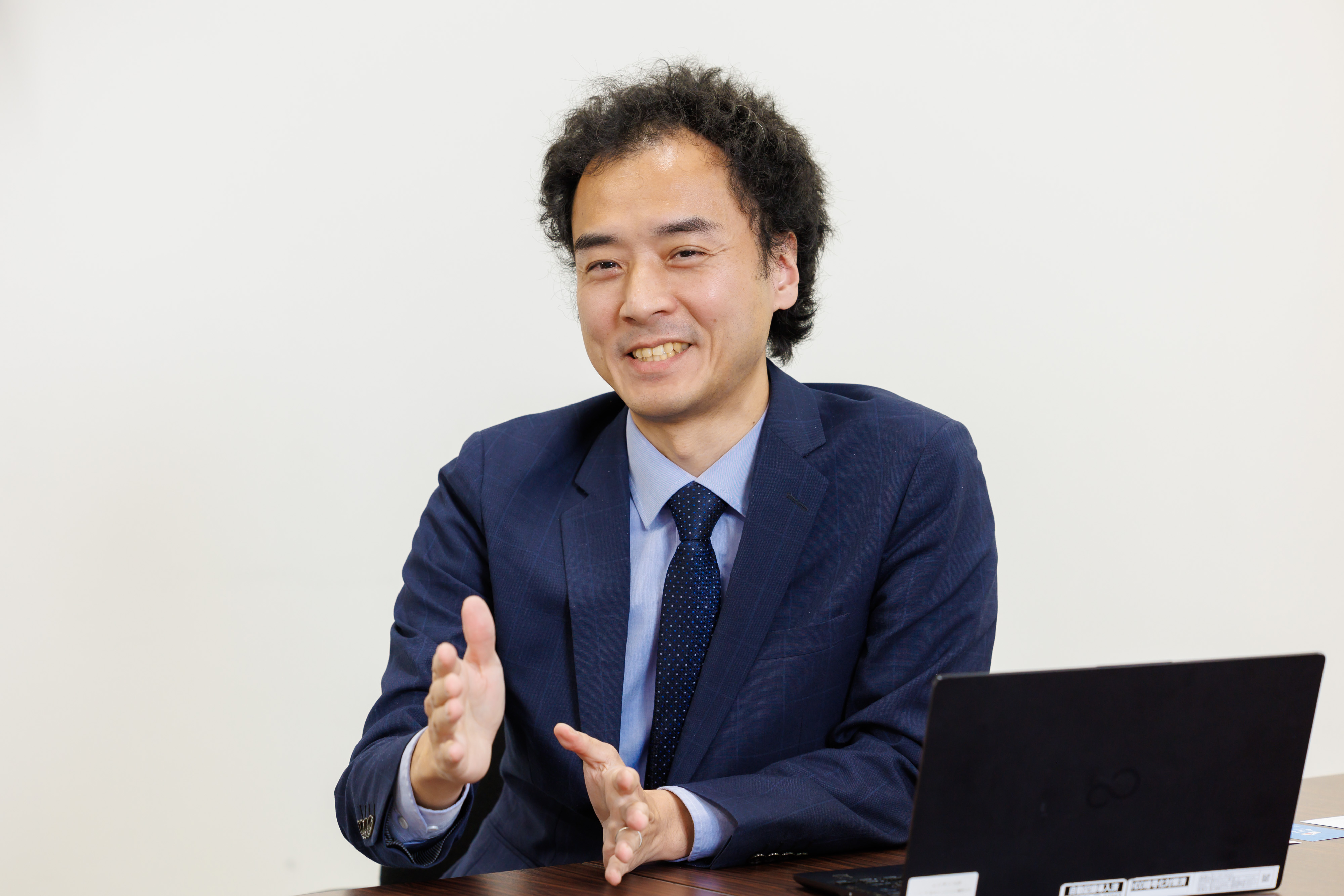
Mr. Okoshi, who is in charge of product planning for the vending machines, laughs as he carefully wipes a thin layer of dust off of the machine with his finger. “I wanted to bring it to the trade show alongside our latest model, but the higher-ups stopped me,” he says.
In 2020, after leading the Japanese market for vending machines for over 50 years, Fuji Electric took on a major challenge—developing a completely overhauled model. The development started from scratch, beginning with basic experiments.
The two key goals were energy saving (decarbonization) and workstyle reforms aimed at addressing the shortage of restocking staff. We aimed to create vending machines based on a new concept that contributes to a sustainable society.
“The idea was that vending machines, which have become part of our social infrastructure, should be more beneficial to people and contribute to society,” Mr. Okoshi explains.
The Sustainable Vending Machine Series was launched in January 2023. Of the 40 types of vending machines offered by Fuji Electric, 80% have already been replaced with the Sustainable Vending Machines.
Vending Machines Had Reached the Ceiling in Terms of Energy Efficiency
Vending machines keep drinks hot or cold using internal cooling and heating devices, with a core component known as the compressor consuming the most power. We have been trying to reduce electricity consumption by using the warm air generated during cooling to heat drinks, but in recent years, our efforts have plateaued. Vending machines had reached their ceiling in terms of energy efficiency.
One solution to this issue was to connect an inverter to control the compressor. Inverters are commonly found in everyday devices like air conditioners and washing machines, where they help save energy by efficiently controlling motor rotation speed. These can be used in the compressors of vending machines.
However, simply equipping the machines with inverters was not enough to bring us out of this plateau of energy efficiency. The barriers to development were extremely high. Nevertheless, Mr. Okoshi believed their top priority as a leading manufacturer was to develop eco-friendly vending machines for the good of society.
Building New Vending Machines without Compromise
"We didn't want to compromise when it came to creating a completely new kind of vending machine, so everyone pitched in their ideas,” explains Ms. Syono, who works at the Design Section of the Vending Machine Department.
Looking back on those days, Mr. Okoshi relates, “I was blown away by the efforts of everyone on the development side.”
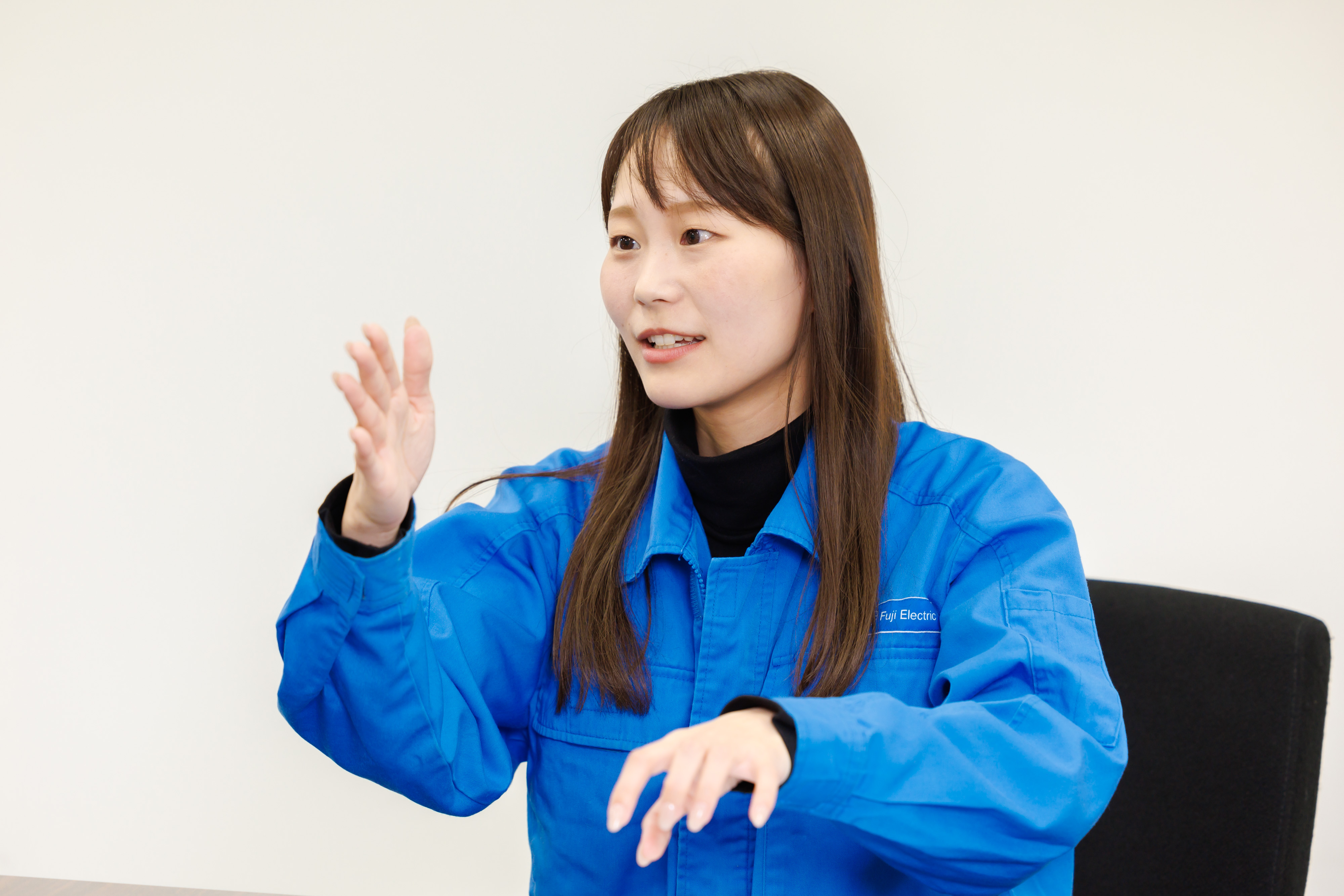
Ms. Syono took charge of the development of the heat insulating material, which along with the compressor is one of the keys to energy efficiency.
Inside the vending machine, a total of nine insulation panels are installed on the top, bottom, left, right, and internal partitions. The heat insulating material blocks the outside air and keeps the temperature inside the chamber at a suitable temperature, thereby maximizing the performance of the cooling and heating device.
In the fall of 2021, soon after development began, Ms. Syono hit a wall.
A Breakthrough Inspired by a Textbook from Back Home
Increasing the thickness of the insulation improves energy efficiency. However, there is a lot of replacement demand for vending machines, and because of space constraints, the external dimensions of vending machines cannot be changed significantly. Due to these constraints, it was necessary to improve thermal insulation efficiency.
“How many of these guys [insulation panels] can be stacked within the limited space inside the machine, and what is the optimal combination and arrangement? We had to start from scratch,” Ms. Syono says.
Referring to the components used in vending machines “these guys,” she recalls a textbook on thermal fluid, which was her major in university.
Ms. Syono, who also works as a recruiter, has told students that her actual work often differs from the research she conducted as a student. But this time, it was different.
“It was a moment that allowed me to feel like I could fully apply my field of research. I rushed back to my parents’ place to pick up my old textbooks. And when I still had questions, I turned to my former professor for help,” Ms. Syono explains.
After a lot of trial and error, they finally arrived at the optimal insulation material configuration. In addition, the machine is easy to assemble on the production line, thus increasing the speed of mass production. In the vending machine industry, where achieving 3% energy savings is considered impressive, the Sustainable Vending Machine achieved a 5% reduction in electricity consumption in the standard model and 20% in the high-performance, ultra-energy-saving model.
Reducing Food Loss with the Sustainable Vending Machine
Now in his third year at the company, Mr. Shin joined the development team for the Sustainable Vending Machine soon after joining the company. He was in charge of developing new push buttons.
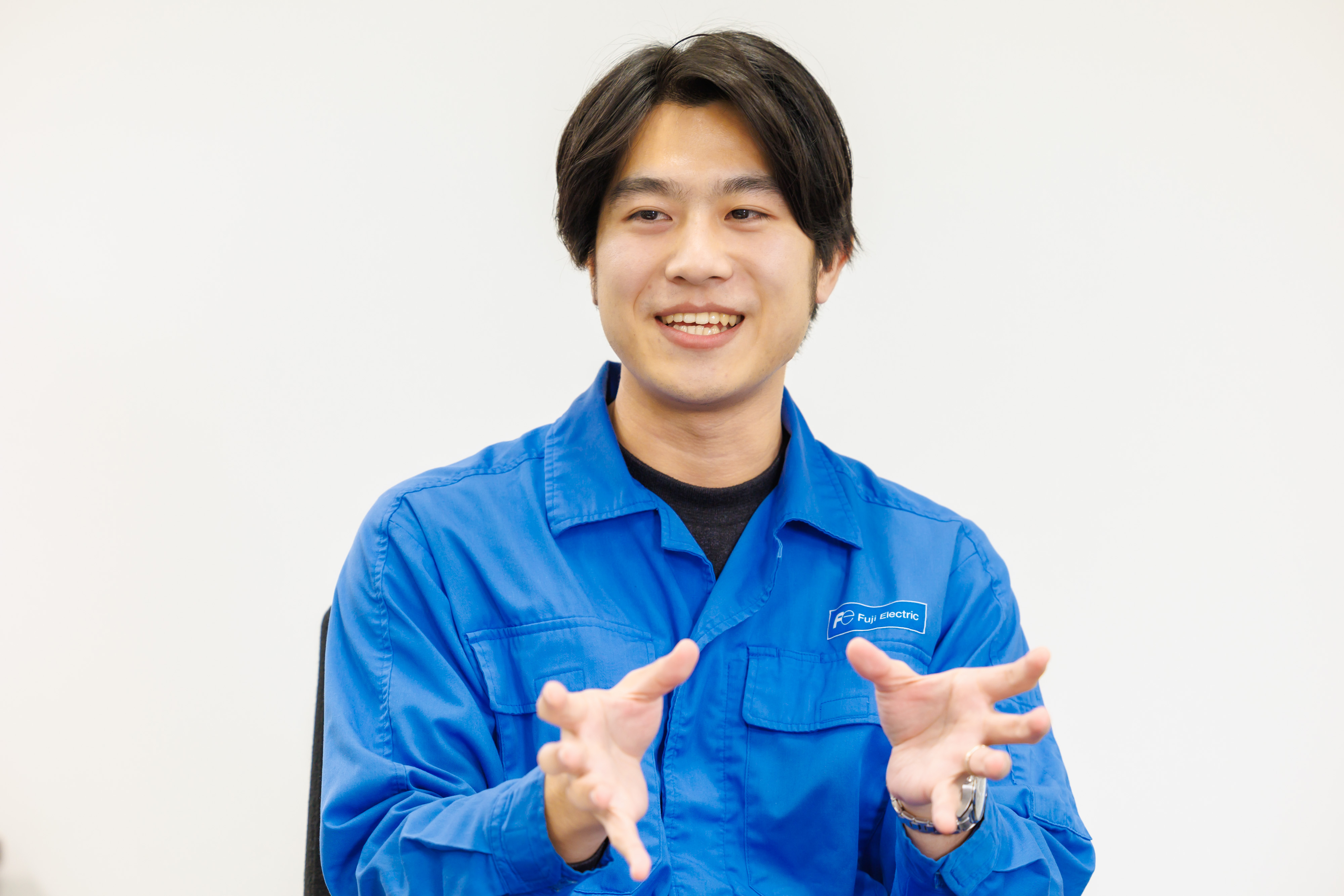
These days, more and more vending machines are using digital displays to show product prices. The standard model Sustainable Vending Machine is equipped with three-digit “standard buttons,” but to accommodate high-priced items over 1,000 yen and prepare for global markets, development began on the “premium buttons,” which can display prices up to four digits.
The premium button can also display the word “discount,” which isn’t commonly seen on vending machines.
“People tend to think that beverages have long shelf lives, but some hot drinks have a shelf life of about two weeks. We needed to devise ways to prevent food loss in our new sustainable vending machines.”
To address this issue, we introduced dynamic pricing, which allows operators to change product prices based on information such as inventory and expiration dates.
Using a multi communication unit (MCU) developed by our company, beverage expiration dates are managed with an operation system, and items nearing their expiration are promoted with a “discount” label. Food loss can be reduced by selling as many beverages as possible.
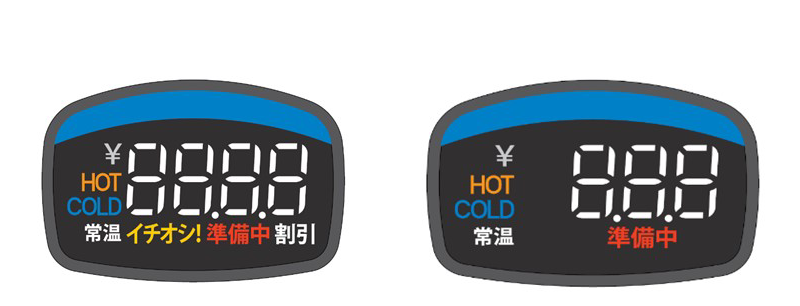
Workstyle Reform through Improved Work Efficiency
Using this system, inventory data in vending machines can be checked in real time from remote locations, contributing to workstyle reform.
Typically, operation staff make rounds in trucks to check the stock levels of vending machines spread out across different locations and restock them as needed. However, this system allows operators to see which vending machines need refills in advance. This will greatly improve work efficiency and help address labor shortages.
Although the Sustainable Vending Machine is capable of improving energy and labor efficiency, problems may arise if the system becomes too complex. Addressing this concern, Mr. Shin explains, “For our Sustainable Vending Machine, we check for roughly 160 types of bugs that could occur over the machine’s entire lifespan, from installation to disposal.We are improving the quality checking function as well as the performance so that our customers can use them with peace of mind for many years.”
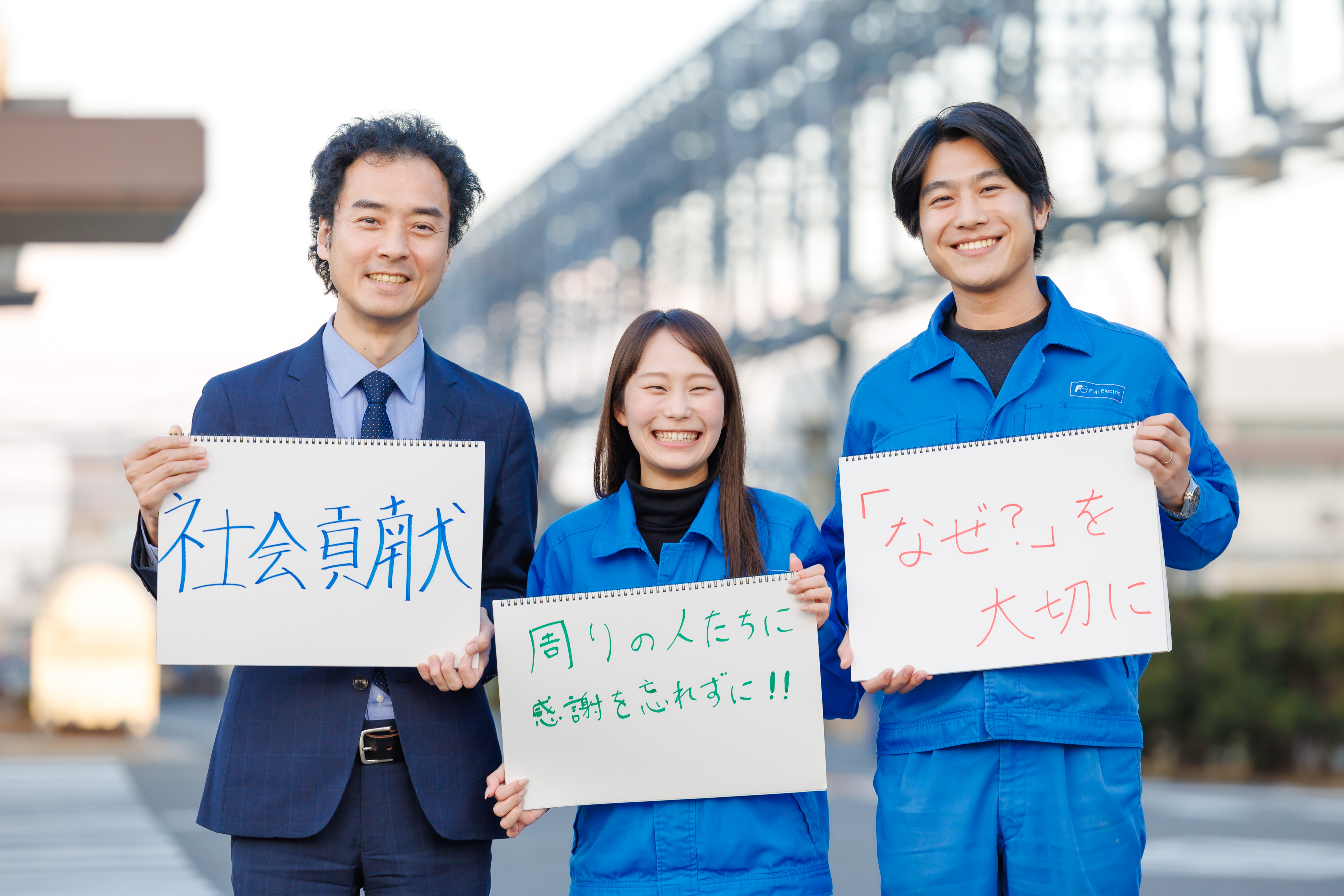
We asked the three employees about their work going forward.
Mr. Okoshi (left) responds, “Since I joined the company, my dream has been to make products that contribute to society. I will continue to work from a broad perspective, without being bound by a single point of view.”“Cooperation across divisions is essential for development,” says Ms. Syono. “I will always remember to have a sense of gratitude.” Mr. Shin relates, “Addressing social problems is an important development theme. I want to stay focused on the question of ‘why’ as we explore these problems in greater depth.”
Passion that Earned Us the Energy Conservation Grand Prize
After seeing the completed the Sustainable Vending Machine, Mr. Okoshi enthusiastically declared that we should set our sights on the 2023 Energy Conservation Grand Prize.
We created a large amount of data and entered our product into the running for the Energy Conservation Grand Prize. In October 2023, a panel of judges visited the Mie Factory for a Q&A session.
One of the judges asked, “Why do you highlight the labor efficiency aspect when it’s the ‘Energy Conservation’ Grand Prize?”
In response to this unexpected question, Mr. Okoshi began frantically explaining issues and field requirements the vending machine industry in a cold sweat.
“Amid the labor shortage, a serious issue faced by the industry, there was sincere demand from operating staff for us to develop a system that could increase the efficiency of product replenishment and garbage collection. To prevent the industry from shrinking, we wanted to build a system that makes work easier. With that in mind, we developed the Sustainable Vending Machine.”
Our Sustainable Vending Machine won the Minister of Economy, Trade and Industry Award, which is the highest award of the Energy Conservation Grand Prize.The email announcing the results stated that the product was recognized for its energy and labor-saving features, which help improve the efficiency of customers’ operations and boost sales.
The value goes beyond just vending machine performance. We thoroughly studied the perspectives of the people working around vending machines to fundamentally rethink what these products should be.A team full of love for vending machines and steadfast in its convictions is the driving force that keeps us a frontrunner in vending machine manufacturing.
Recommended
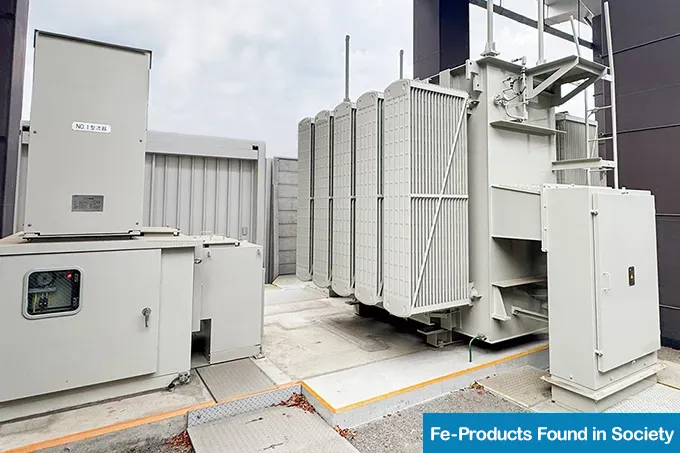
December 4,2025
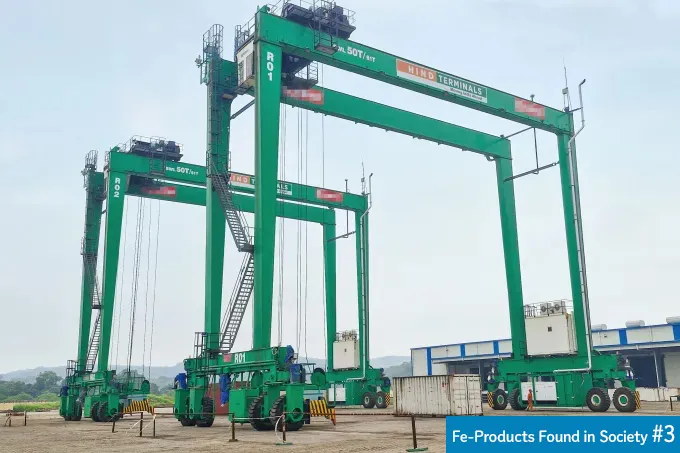
July 30,2025
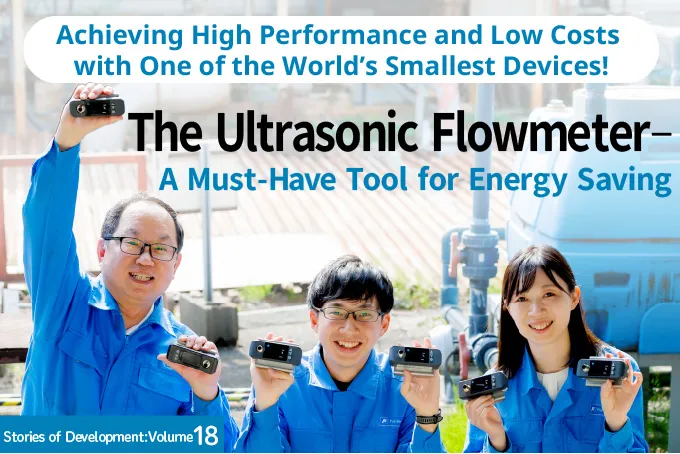
July 28,2025
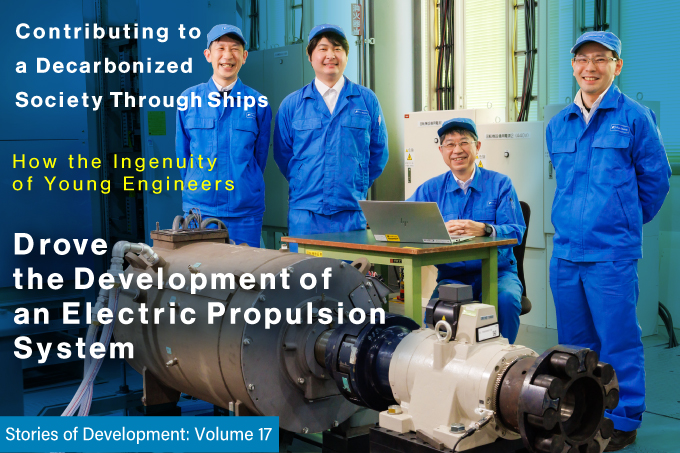
July 7,2025
